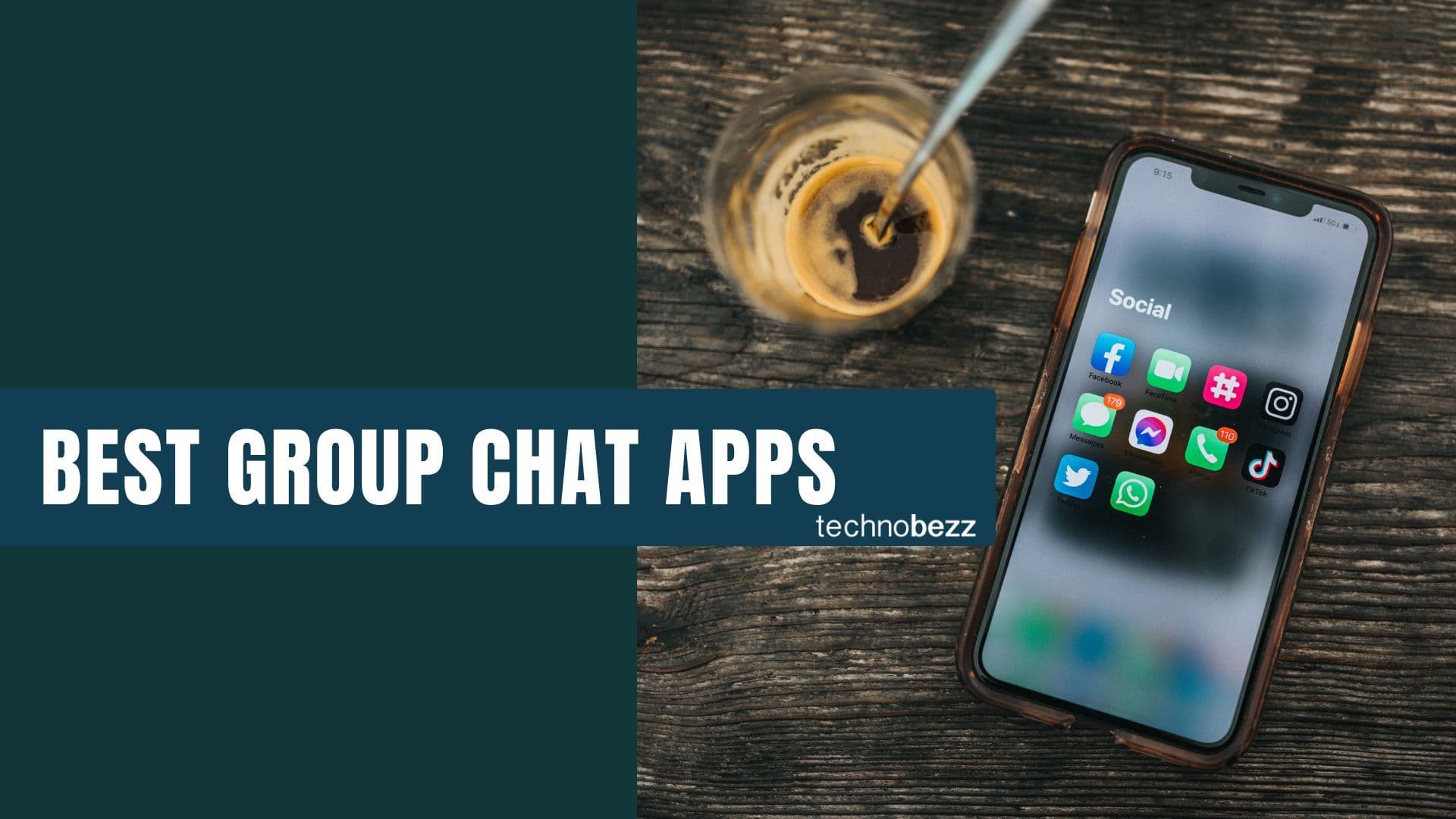Android is for people of all ages. We know this because the Play Store gives us tons of options no matter what our age. Android has a host of apps that cater to different needs and a spectrum of roles that we play in our lives – parent, boss, employee, gamer, photographer, artist, fitness enthusiast, entertainer, etc. Android for kids is gaining momentum and parents are beginning to accept the inconspicuous way in which technology is leading their kids to a more futuristic world. Every parent I know has troubles keeping their phones away from their kids, but if every now and then, you do give your phone to your children then let us help you make it kid-friendly. So, read on to know how to set up android for kids.
See also: How to customize Android Quick settings

Way To Set Up Kid-Friendly Android Device
Add A New User Account
An easy way to allow your kids access to your Android device is by adding a user account to your Android. While restricted accounts can be added to tablets only, primary users will be able to access the content of other users and make necessary changes which include deleting apps that you find unwanted. Keeping separate accounts will ensure that your kids do not have access to your apps. So if you use banking apps or you have your work email account setup on your Android then there is no reason to worry if your phone is with your kid.
While Google makes this available for all devices that are running on Android 4.2 and above, many devices usually exclude this feature. Follow these steps to add a new user but if you do not see any of the below-mentioned options on your device then you cannot set up additional users on your phone.
- Go to the Settings menu of your device
- Tap on Users
- Tap on Add user or profile and set it up by entering your Google Account details.

Alternatively, you can create a Google Account for your child on https://accounts.google.com/signup and use your child’s details to complete the account information. Once the account is created, login to the account and click on the Settings menu which looks like a gear icon on the top right of the screen. From the drop down, click on Settings and from the top tabs choose Forwarding and PPO/IMAP. Click on Add a forwarding address and enter your email address so that you are notified of the emails your child gets and you can monitor their online activities easily.
Play Store Settings
Next, we must make sure that your kid sees only suitable apps on the Play Store. Google seems to be very considerate when it comes to making the Play Store kid-friendly. All you need to do is activate Parental Controls. If you have created a new user account for your kid then make sure you access Google Play Store from your kid’s user account when you set up parental controls.
- Launch Play Store
- Tap on the three horizontal lines on the left that opens the side menu
- Tap on Settings and look for Parental Controls
- Toggle it on
- You will be prompted to enter a user PIN which will allow you to change parental control settings in the future
- Once the PIN is set you can choose to restrict your child’s access to unrated apps and films
With parental controls in place you will have a peace of mind when your kid is accessing the Play Store without your supervision.
Restrict Purchases
Sometimes kids get too carried away while they are playing and a lot of them end up making purchases through the store with the very least idea that the money is actually being chard on the card you may have associated with your account. This can be controlled by password-protecting all purchases.
- Go to the Play Store
- Tap on the three horizontal lines to access the side menu and tap on Settings
- Now look for Require Authentication for Purchases and tap on it
- Make sure that you have selected Authentication required for all purchases from Google Play Store
This Android child lock for purchases will help you avoid accidental transactions through the Play Store while your kids are playing a game or learning through the educational apps.

Third Party Apps
Parents who find it difficult to switch from one account to another every time their kids use their phone will find a third party app to be useful in ensuring that their phone is kid-friendly. The Play Store is brimming with parent apps that can give your phone a kid-friendly interface and also help you by making sure that they do not access unwanted content on the phone. Look for a third party app on the Play Store that meets your requirements. Apps like School Parent App and Dinner Time Plus are some of the best ones that a lot of parents have found helpful. But these are not the only apps and you may find other apps out there which can do the job too. While some are free others come with a small price.
Conclusion
The overwhelming presence of technology in our lives exacerbates the reasons why kids yearn for phones, tablets, laptops and smart TVs. While there is hardly a way in which we can keep them completely away from all of this, there are ways in which we can intervene to ensure that our child interacts with technology in a positive way.
Making our Android devices kid friendly is the first step towards helping them embrace the good things about technology. The Play Store has a great collection of educational apps which can support the mental agility of our kids and help them grow more informed or even improve their understanding of certain concepts they learn at school. While physical activities are important, games on the Android Play Store that help kids improve their brain power are also necessary for them to stay competent. Embracing technology instead of shunning it is the way forward, and as parents of today, we should help our kids by setting up our devices to make them kid-friendly.












